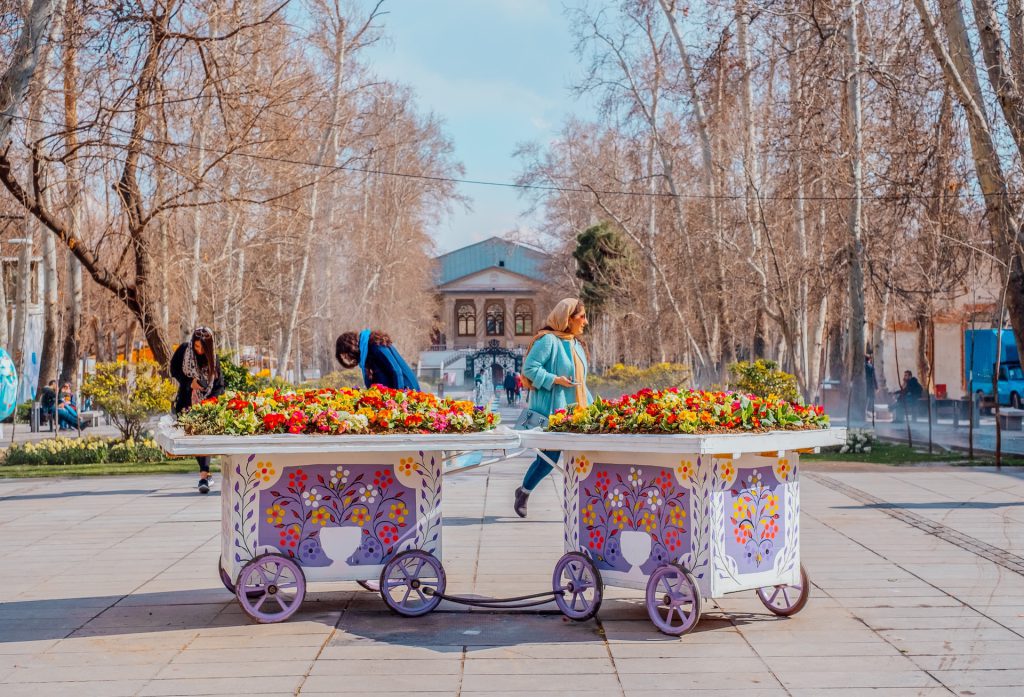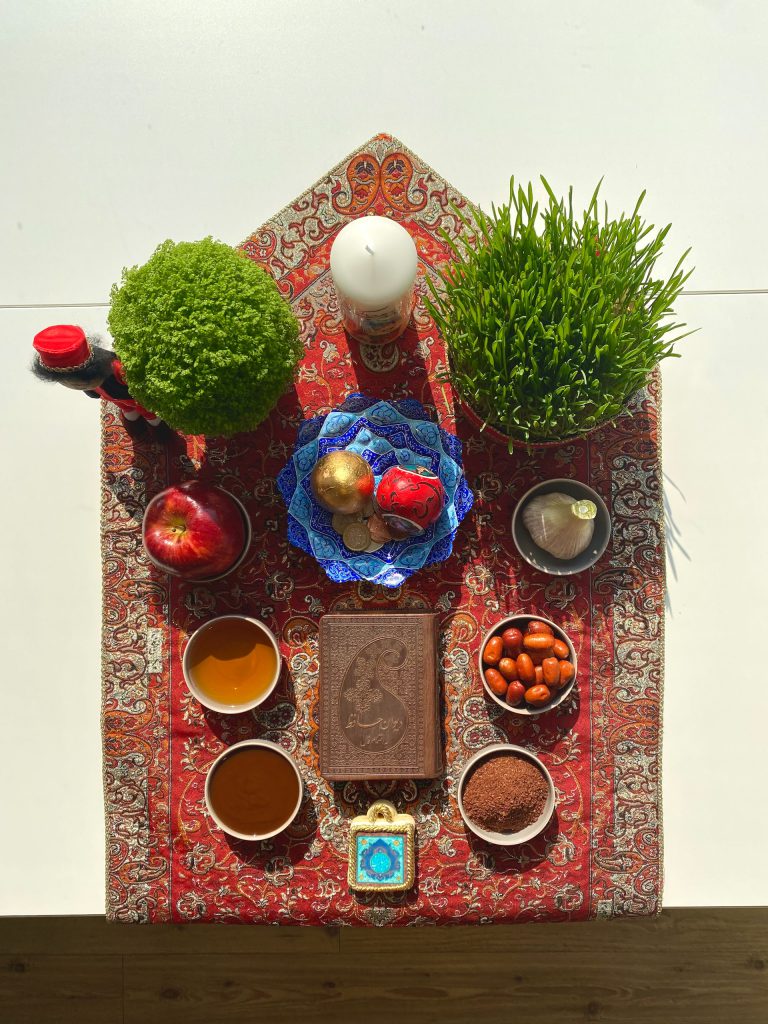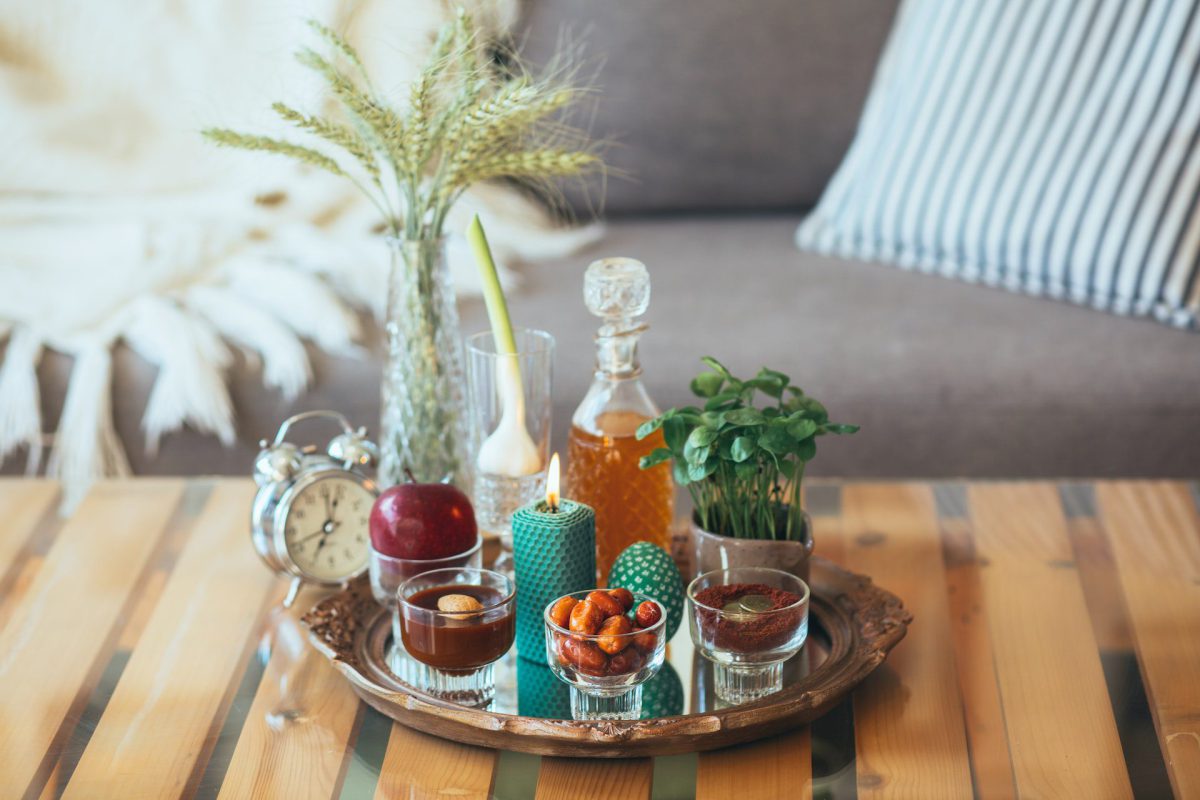As the world emerges from the bleakness of winter, there is an ancient celebration that brings with it the promise of a new beginning. Norouz, the Persian New Year, is a time of renewal, hope, and joy that transcends cultures, borders, and religions. With the first day of spring, Norouz invites us to connect with nature and celebrate the power of the sun. Although rooted in Persian traditions, this universal celebration has become an occasion for people of all backgrounds to come together and share in the celebration of life, hope, and happiness.
If you’re looking for a once-in-a-lifetime experience, you can’t go wrong with a trip to Iran during Norouz. And with ToIranTour, you can easily find your perfect fit with customised Iran tours and travel packages that will take you on a journey of discovery and wonder. Get ready to immerse yourself in the magic of Norouz – a celebration unlike any other.
Norouz: An Ancient Festival with Global Appeal
Norouz is a celebration that has a history as old as 3,000 years, making it one of the most ancient festivals in the world. This Persian tradition was born out of the ancient Zoroastrian religion, and it continues to be celebrated with great zeal and fervour to this day. The roots of Norouz are deeply embedded in the Persian culture and are a testament to the rich heritage of the country.
Although Norouz is an Iranian festival, it has spread far and wide, and millions of non-Iranians worldwide also join in the celebration. Norouz is not just a celebration of the changing seasons, but it is also a time to embrace new beginnings, renew old friendships, and enjoy the simple pleasures of life. The festival is a reminder of the importance of tradition and culture, and it is an opportunity for people to come together and enjoy the rich diversity of the world.
Norouz: A Global Celebration of Culture and Traditions
Norouz, a month-long celebration, is not only a delightful way to welcome spring; it also serves as a momentous occasion for over 300 million individuals worldwide to indulge in a shared experience of their culture and traditions. With its joyous street performances, cultural richness, and scrumptious cuisine, Norouz is a festival that connects people transcending borders.
This thousand-year-old festivity takes its significance from the community’s ability to pass down traditions and celebrates the arrival of spring by paying tribute to culture. Norouz is known for its unique set of traditions, including Haft Sin table decoration, communal cleanup, and Sizdah Bedar, a day dedicated to outdoor picnics and embracing nature. Each of these customs reflects the spirit of this magnificent celebration, making it one of the world’s most significant festivals.

Letting Go of the Past: The Symbolism of Cleaning and Purging during Norouz
One of the essential aspects of Norouz is its emphasis on cleaning and renewal. Families use this time to deep clean their homes and closets and buy new clothing. This practice is known as “shaking the house,” and it symbolizes the importance of letting go of the past and embracing new beginnings. This cleansing ritual is not just limited to material possessions but also extends to relationships, making amends, and starting fresh. Mundane practices like cleaning and purging transform into deeply spiritual and introspective practices during Norouz, inspiring individuals to cultivate meaningful changes in their lives.
Charshanbe Suri: Igniting the Flame of Renewal
Charshanbe Suri, the festival of fire and renewal, is a vibrant and vital event celebrated by Iranians before Norouz. It marks the last Wednesday before the new year, and it’s an opportunity to cleanse oneself of negativity and welcome spring with open arms. One of the most popular traditions of this festivity is fire-jumping. People light small bonfires in the streets, and young and old alike jump over them while exchanging the phrase, “my yellow is yours, your red is mine.” This ritual represents the transfer of negative energy among people and fosters good fortune and health for the upcoming year.
Another beloved custom of Charshanbe Suri is “spoon banging.” Children and teenagers roam around the neighborhoods before nightfall, banging spoons on pots and pans or any metallic object they can find. They shout “Zar mibanad,” which means “give us your gold and take our sorrow.” The idea behind this practice is to ask for forgiveness from anyone they may have wronged in the past year and exchange their shortcomings for others’ blessings.
Furthermore, Charshanbe Suri is also a day to remember loved ones who have passed away. Many visit the cemeteries and bring offerings like flowers, sweets, and other items to their loved ones’ graves. They light candles and incense, read poems and prayers and share memories of their past. This tradition honors the dead and helps people believe that they still watch over us, bestowing upon us blessings for the upcoming year. Charshanbe Suri is an essential part of the Norouz festivities, and it sets the mood for the upcoming spring celebration. It’s a time of renewal, hope, and joy, and it reminds us of our cultural heritage, spiritual connections, and communal values.
Haft-Seen: The Heart of Norouz Celebrations.
Haft-Seen has become an integral part of Norouz celebrations, and it’s much more than a table display of seven items, each beginning with the Persian letter “seen” or “s.” It’s a way to bring in the spring season and set the tone for the upcoming year by symbolizing seven hopes for the new year. This ancient tradition dates back centuries and continues to be a treasured part of Persian culture.
The seven fundamental items in Haft Seen are Sabzeh, Senjed, Sib, Seer, Samanu, Serkeh, and Sumac. Sabzeh, represented by wheat or lentil sprouts in a dish, signifies rebirth and renewal. Senjed, a sweet fruit from a lotus tree, represents love, while Sib or apples represent beauty and health. Seer or garlic embodies self-care and medicine, and Samanu, a sweet pudding made from wheat germ, represents fertility and wealth. The Serkeh, or vinegar, represents the patience and wisdom that come with aging, while Sumac, a red sourberry spice, represents the sunrise of a new day.
However, additional items have been added to Haft-Seen over time to represent families’ unique hopes and wishes. For instance, a mirror can symbolize reflection, colored eggs can signify prosperity and fertility, and coins can represent wealth. Some families add a live goldfish to their display symbolizing new life.
Haft-Seen’s richness lies in its symbolism, tradition, and ability to bring families and communities together. It continues to evolve and remain a reflection of Iranian culture and heritage, reflecting both the past and the present.

Gathering Around the Table: Norouz’s Culture of Sharing and Unity
Norouz is not just a one-day celebration but a season of joy, hope, and new beginnings. For Iranians, it is an opportunity to renew their lives, celebrate their heritage, and connect with their communities. Following the countdown to the new year, Iranians prepare for the upcoming season with thorough spring-cleaning and buying new clothes.
One of the most remarkable customs of Norouz is the exchanging of visits among friends and family members. People gather around tables, chat over cups of tea, and share meals together. It’s a time when Iranians travel across the country to reunite with their loved ones, bringing with them gifts such as flowers, sweets, and fruits.
Another significant tradition during the Norouz season is hosting parties. Iranians love to dance, sing, and enjoy sumptuous feasts, which last for hours. Different parts of Iran display their unique style of dance and music, adding to the grandeur and diversity of the celebrations.
From Sabzeh to Picnics: Exploring the Traditions of Sizdah Bedar
It’s time to get out of the house and enjoy the great outdoors, because Sizdah Bedar is here! Celebrated in Iran, Sizdah Bedar takes place 13 days after the start of the new year and is a wonderful opportunity to embrace nature and all its wonders. This day is all about picnicking, enjoying the fresh air, and spending time with loved ones.
While picnicking is the main focus of Sizdah Bedar, it’s also a day to discard Sabzeh, which is wheatgrass that was grown during Norouz. It is believed that the sprouts absorb negative energy in homes so throwing it away on Sizdah Bedar ensures good fortune for the new year.
So, spread out a picnic blanket, soak up the sunshine, and enjoy delicious food with family and friends. You can participate in a variety of outdoor activities, such as hiking, playing sports, or even flying kites. Embrace the beauty of the natural world around you and create lasting memories with your loved ones.
Sizdah Bedar is a wonderful reminder that we should take some time to appreciate the wonders of nature and the people we cherish. So, let Sizdah Bedar encourage you to explore the great outdoors, breathe in the fresh air, and make some unforgettable memories that you can celebrate for years to come.
Let the Spirit of Norouz Inspire Your Journey to Endless Possibilities!
The essence of Norouz is not limited to a single day or moment but is rather a collective celebration of the joy of wiping away the past and looking forward. It is a time to embrace change, no matter how daunting it may seem, and eagerly anticipate the endless possibilities that come with a blank slate. The newfound hope and determination for a better tomorrow is what has kept Norouz relevant throughout the years, thriving amid generations of prosperity and adversity.
The universality of the desire to start over and improve is at the core of Norouz’s enduring appeal. Whether it’s leaving behind a tumultuous year, reconciling with family or friends, or simply turning a new page in one’s life, the festival’s emphasis on transformation and renewal resonates with people from all walks of life. So, as we celebrate Norouz, let us embrace the opportunity to wipe away the dust of our histories, embrace change and look forward to a brighter future filled with endless possibilities.
